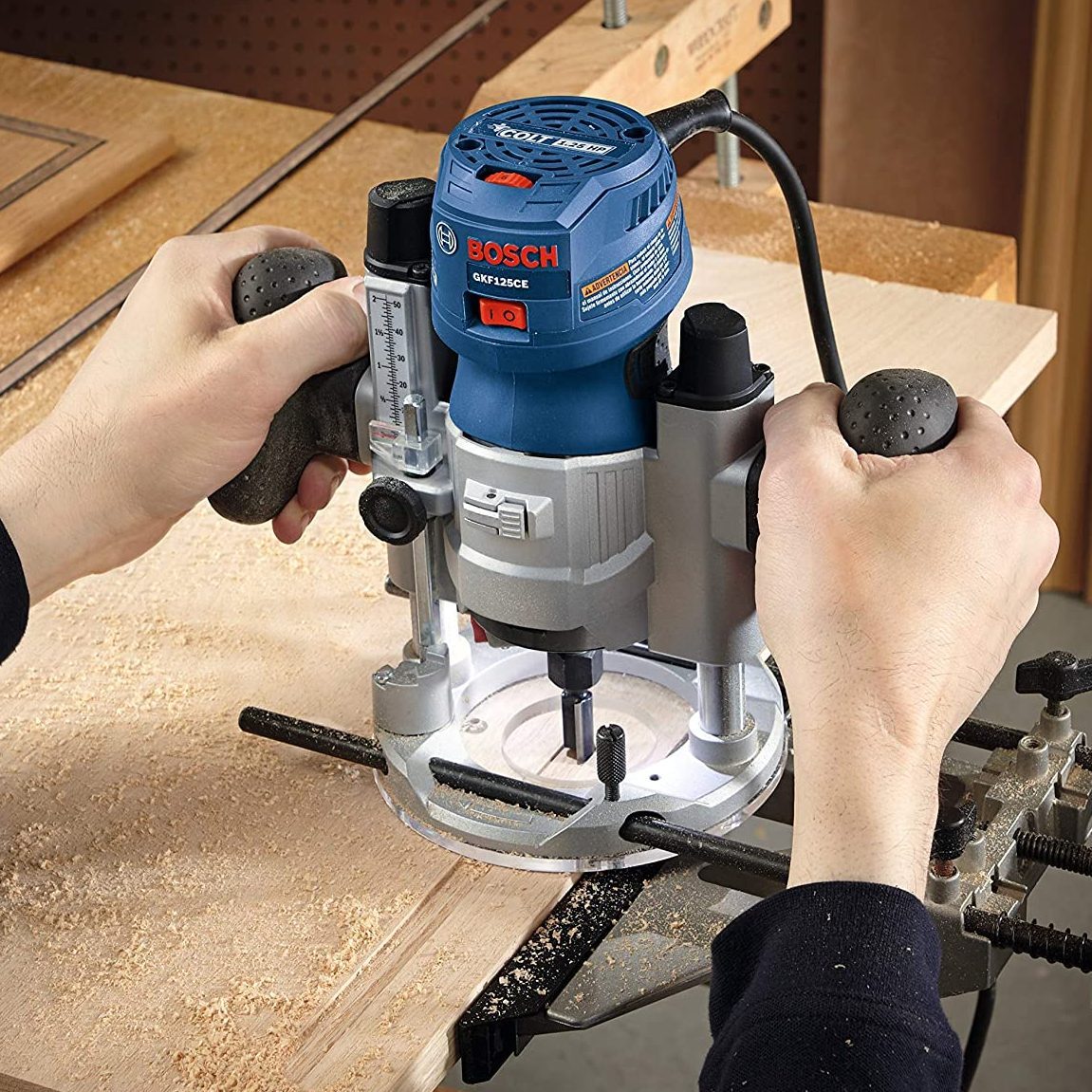In the realm of construction, woodworking, and DIY projects, the debate between manual and power tools is a perennial one. Both have their unique advantages and disadvantages, and the choice between the two often boils down to the specific task at hand, the skill level of the user, and personal preference. This article aims to delve into the intricacies of manual vs power tools, providing a comprehensive guide to help you make an informed decision.
Manual tools, as the name suggests, are hand-operated and require physical effort to function. They include tools like hammers, screwdrivers, hand saws, and chisels. Power tools, on the other hand, are powered by an external source, be it electricity, battery, or compressed air. Examples include drills, circular saws, and power sanders.
The primary advantage of manual tools is their simplicity and reliability. They are straightforward to use, require minimal maintenance, and are less likely to malfunction. Manual tools also offer a greater degree of control, which can be crucial for tasks requiring precision and finesse. Moreover, they are generally less expensive and more portable than their powered counterparts.
Power tools, however, excel in terms of efficiency and power. They can significantly reduce the time and effort required for a task, making them ideal for large-scale projects or repetitive tasks. Power tools also tend to be more versatile, with many offering adjustable speeds and interchangeable bits or blades.
However, power tools are not without their drawbacks. They are typically more expensive, require regular maintenance, and can be more dangerous if not used properly. Additionally, they can be overkill for simple tasks, where a manual tool would suffice.
When deciding between manual and power tools, consider the nature of the task, your skill level, and your budget. For intricate, detail-oriented tasks or for those new to DIY, manual tools may be the better choice. For larger projects or those requiring significant force or repetition, power tools can be a worthwhile investment.
In conclusion, both manual and power tools have their place in a well-equipped toolbox. The key is to understand their strengths and limitations and to choose the right tool for the job. Remember, safety should always be your top priority, regardless of the tool you choose. Always read and follow the manufacturer's instructions and wear appropriate safety gear.

